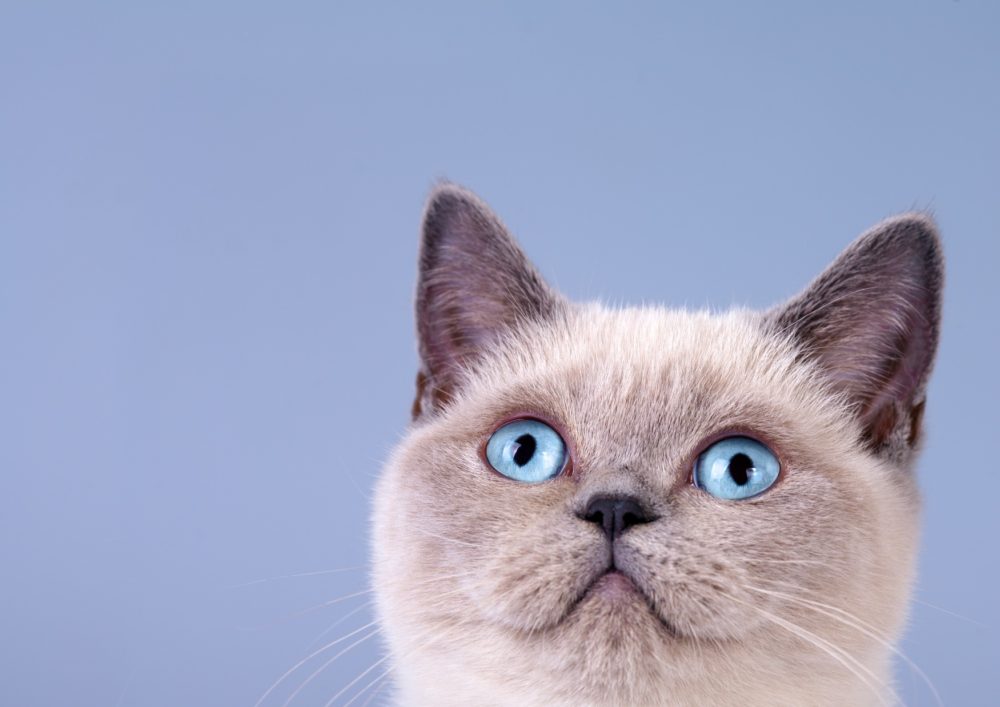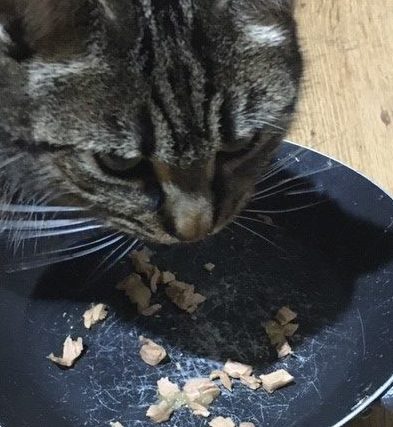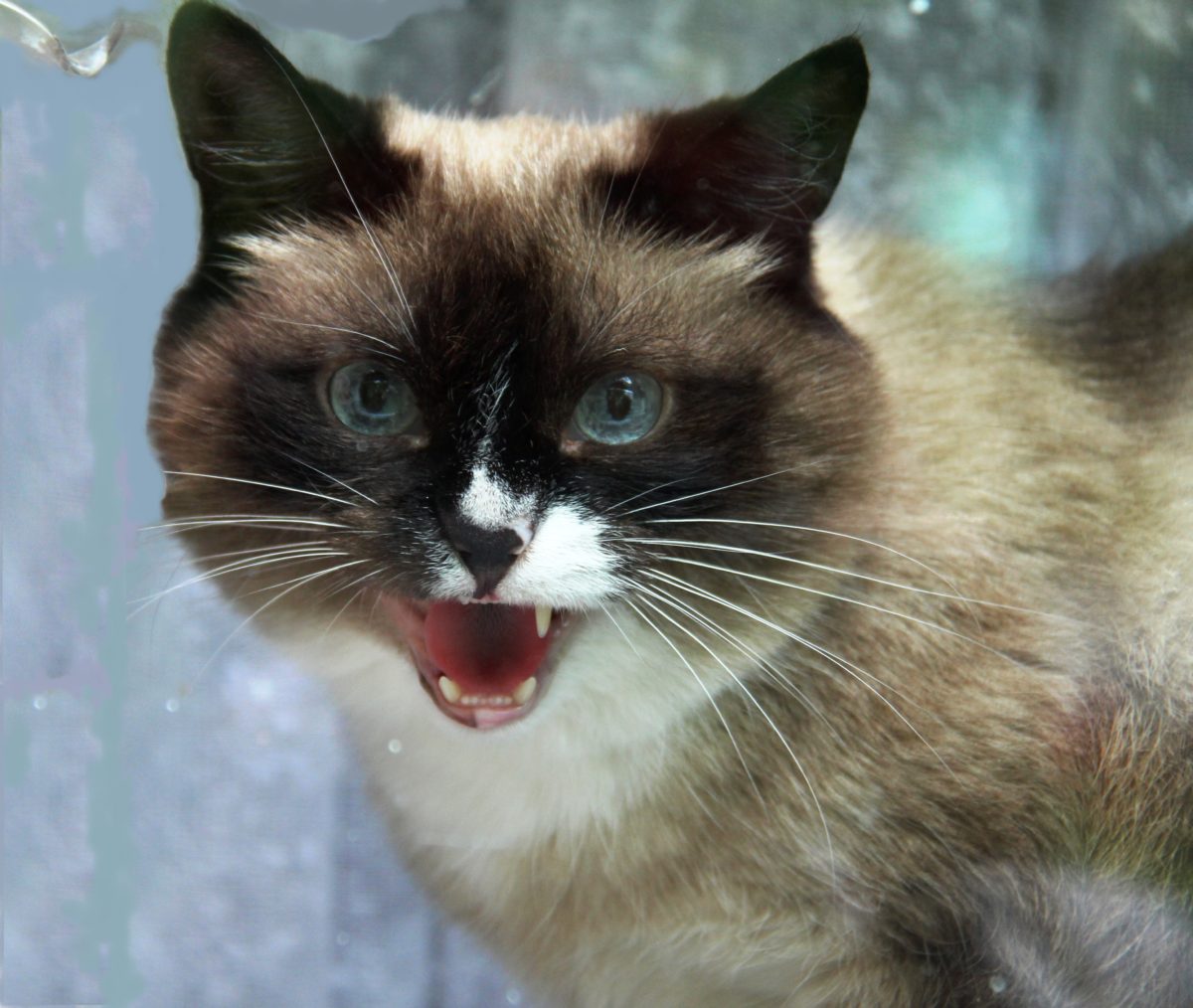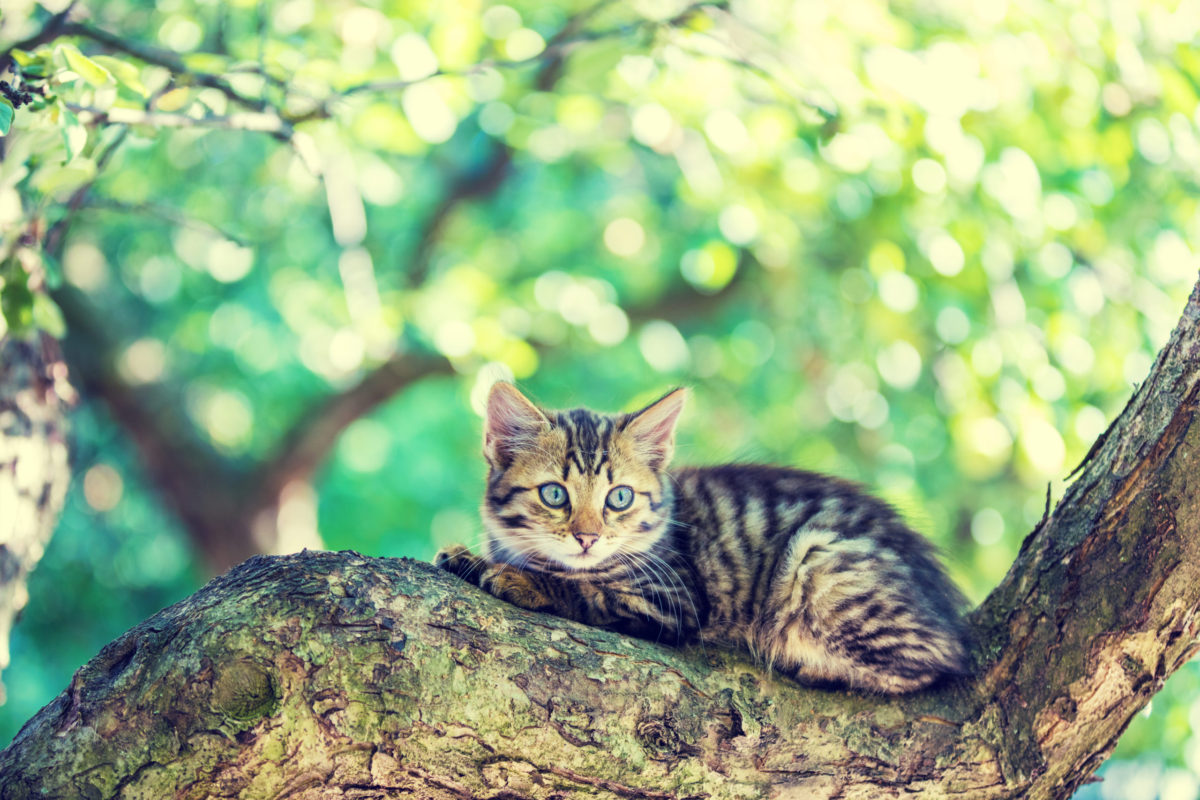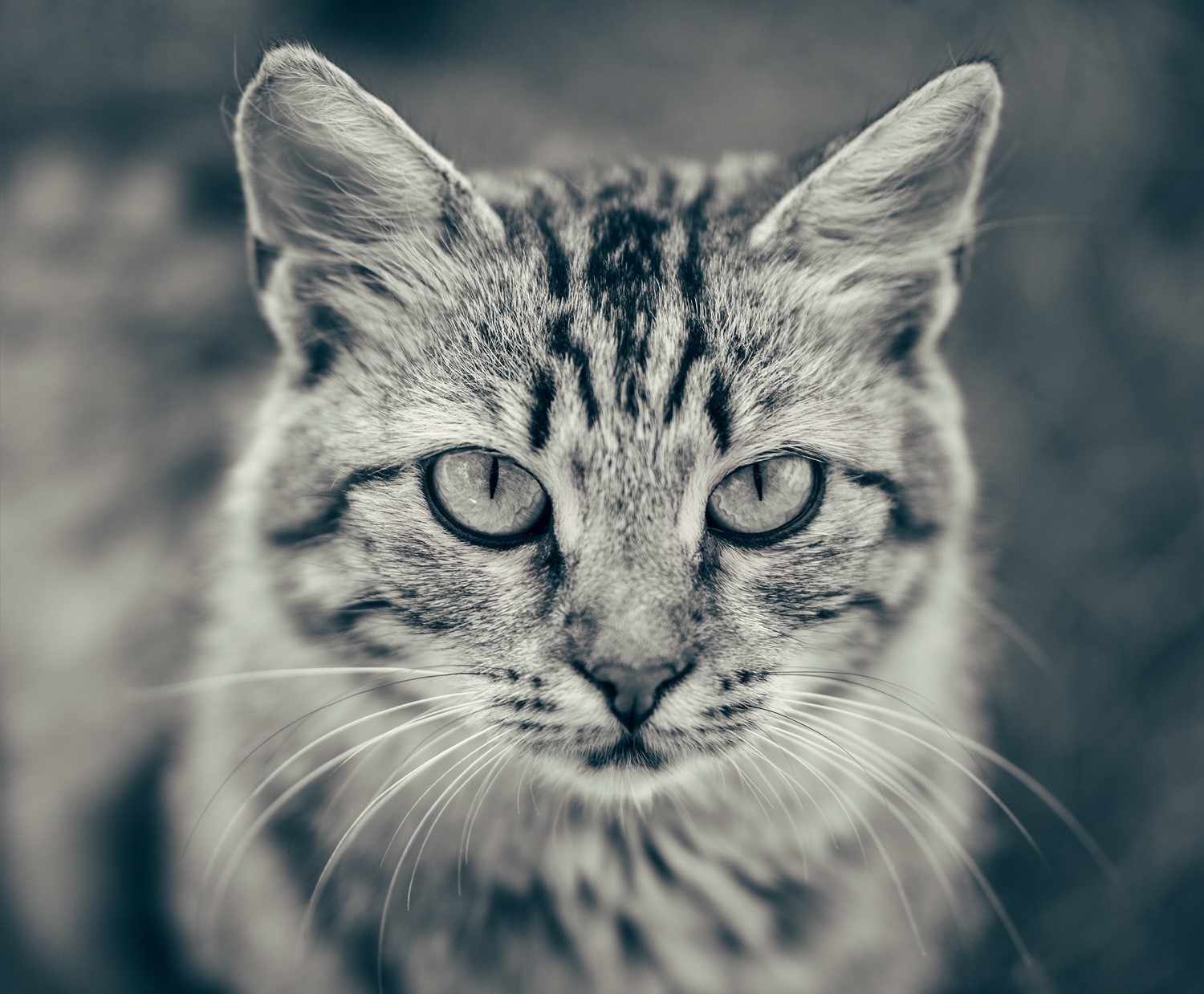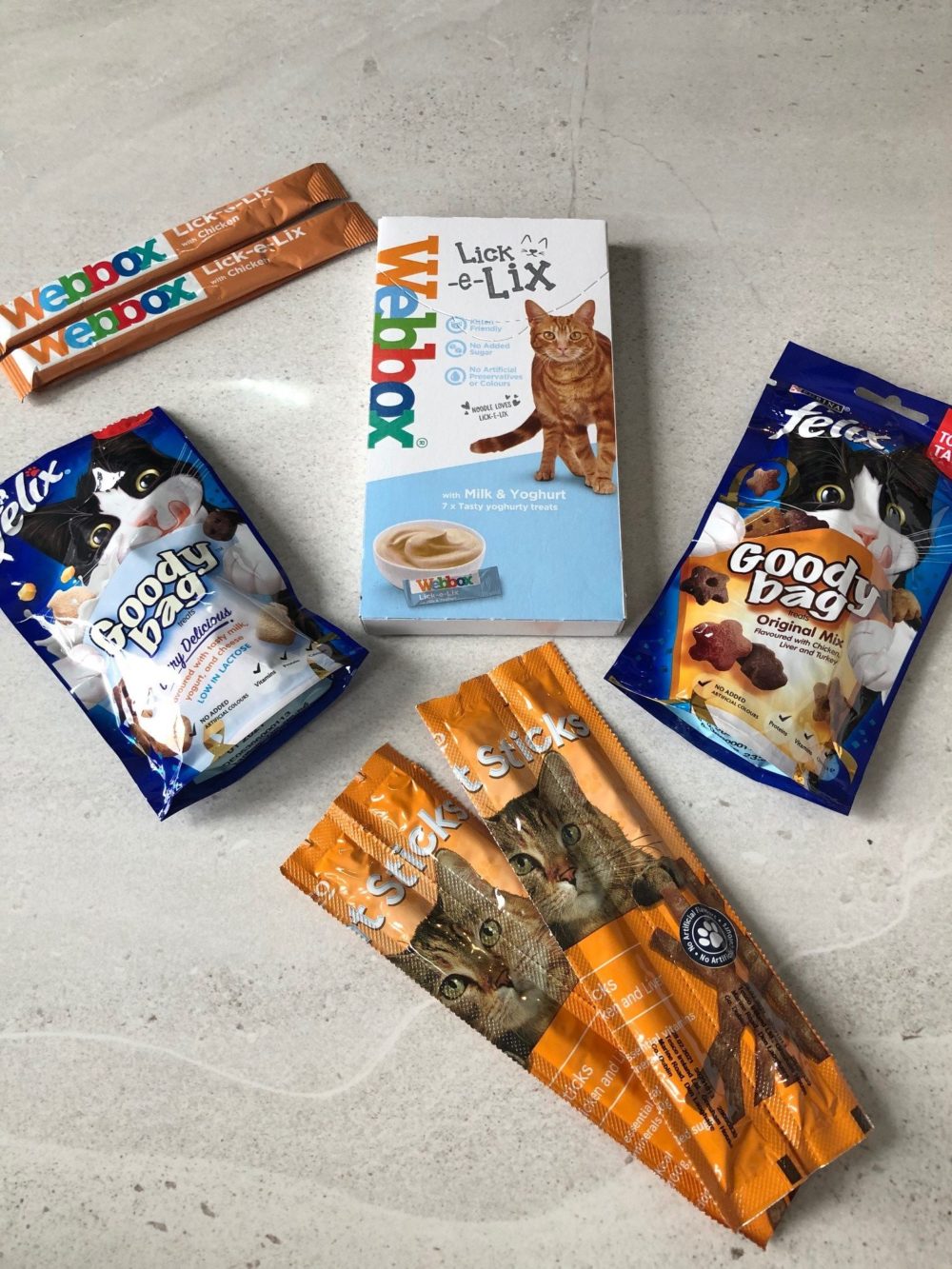
How often should I give my cat treats?
The cat food aisle in supermarkets these days has so much choice. Dry food, wet food, foods to suit various ages and diets, and in addition to all these choices there are also cat treats. Again, a vast choice including lick treats, dry treats and all with various flavors and benefits. But do cats need these treats in their diets and is there a limit on how many treats we should give our cats?
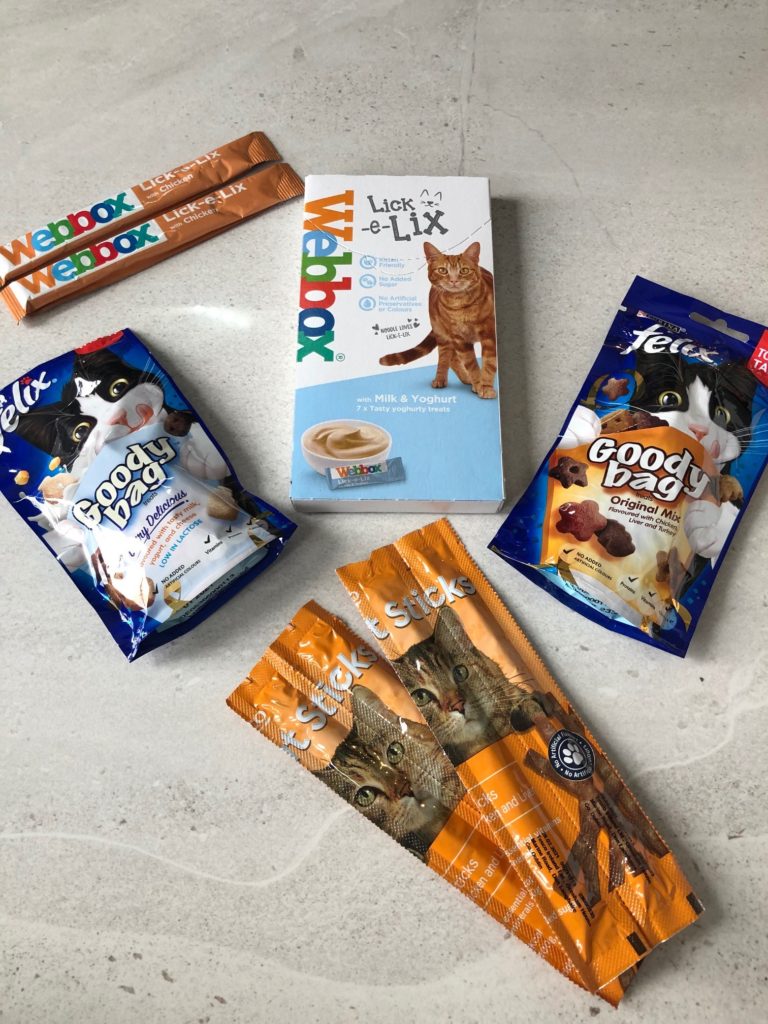
How often should I give my cat treats?
Firstly, your cat does not NEED treats. Their daily nutritional requirements can be achieved with a balanced diet of good quality, age appropriate cat food. If you have any uncertainties regarding what foods suit your cats needs the best, then please consult your veterinary for advice. But for various reasons, we all like to indulge our cats from time to time whether it be a new toy, a new bed or a few tasty treats.
Treats can be given to cats every day but shouldn’t be more than 10% of their daily calorie allowance. Each brand and variety of treat will differ in their nutritional content and calorific value therefore be sure to check the information on the packaging. They should not be used as a meal substitute. As the word suggests, they are a ‘treat’ for special occasions, or a small moment of pleasure, or a reward.
Benefits of giving cat treats
There are many reasons why cat owners are giving their cats some tasty treats:
-
Can help with training
Rewarding good behavior, or a newly learnt task, with a treat will link that action with a positive association. Although it is so much easier to train a dog than a cat, it is not impossible to train cats! One of our cats, Misty, is an outside cat during the day. If we need Misty to return indoors then a calling of her name together with a good shaking of the treat bag will usually result in her bounding home.
-
To show love and attention
Giving your cat a treat, alongside some stroking or gentle tickling under the chin, can help build up trust between you and your cat. This can be particularly useful when developing a bond with a new cat or to strengthen a bond with a shy or nervous cat.
-
As part of a routine
Giving your cat a few treats at the same time every day can provide your cat with a sense of routine. Cats are naturally creatures of habit and their daily schedule of routines will make them feel safe and confident. Most cats develop a specific routine everyday, and will often be developed around the household timetable. Giving your cat a few treats before you leave the house or when you return home can reinforce a routine pattern.
-
Supplement nutritional benefits
Some treats are specifically designed to support certain nutritional requirements. For example
- dental treats can help keep plaque under control alongside your cats usual dental care regime,
- hairball prevention treats can support the reduction of hairballs,
- joint relief treats can provide specific supplements, such as glucosamine and chondroitin, to support healthy joints.
These treats do not replace veterinary care or advice.
-
Mixing treats with playtime
Playtime is so important for the health and well being of your cat. Play can help relieve stress, anxiety and any behavioral problems. Incorporating a few treats into play will reward cats with some tasty treasures. One quick and easy idea is to secure together some cardboard rolls in a sturdy shape such as a pyramid. Place some treats into the tubes. Cats love using their paws to hunt and play, and this game will encourage her to tease out the treats with her paws.

-
Using treats in activity feeders
Unlike their ancestors, domesticated cats do not need to hunt for their food. But it is still important, and especially for indoor cats, that their natural hunting instincts are satisfied. By placing a few treats in an activity feeder or food puzzle, your cat can hunt them out. These treats should not be additional treats – just another way of providing your cat with their allowance of treats in a fun stimulating way. From simple treat dispensers to more elaborate designs, there is something to suit each cat.
-
To hide medication
Giving medication to cats can be challenging sometimes. Either hiding the medication in a treat or rewarding after taking the medication can make the process a little easier for you and your cat!
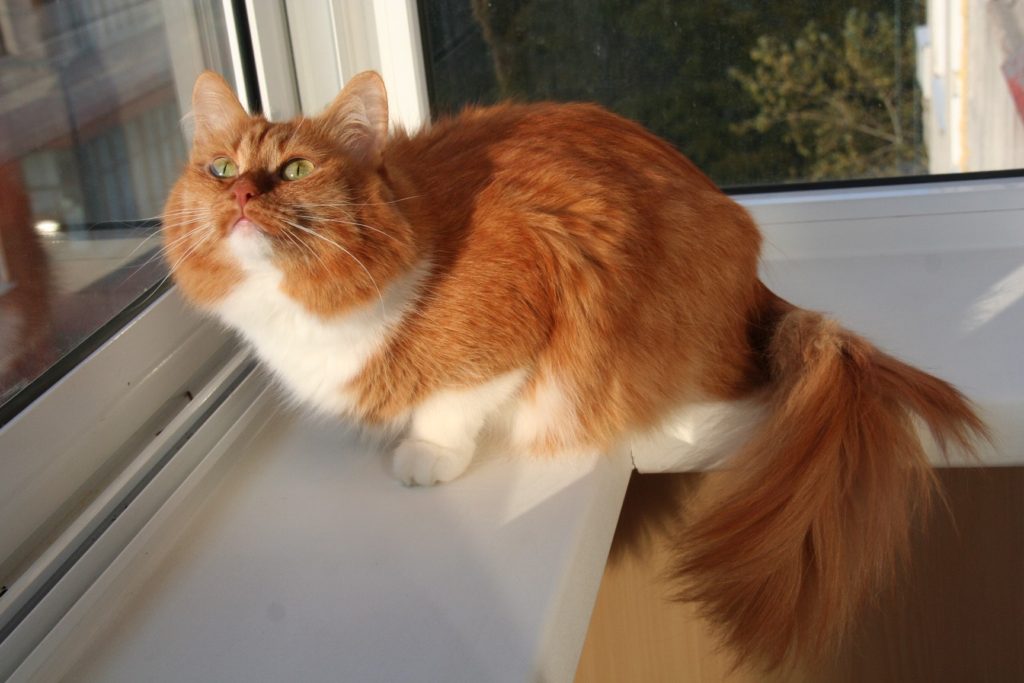
Disadvantages of giving cat treats
Before rushing out to buy your cat the latest selection of treats it is important to be aware of the following disadvantages of giving your cat treats:
-
Obesity
Obesity in cats is growing at a worrying rate. Various statistics show that as many as 40-50% of cats are affected by obesity. If your cat is overweight, please seek the advice of your veterinary to rule out any underlying medical conditions and to be advised on how best to change your cat’s diet. Overfeeding and lack of exercise can contribute to weight gain. It is common for cat owners to give extra treats to express love and kindness. The reality is that being overweight can lead to health problems such as diabetes, heart disease, joint pain and arthritis.
-
Unhealthy
Many of the ingredients in some cat treats are unhealthy for your cat. Some have a very high fat content while others are simply filler ingredients with very little nutritional value. High protein, low fat treats are the best treat options.
-
Addicted to treats
As crazy as this may seem, some cats start to refuse to eat their normal meals and only eating treats. It is so easy to give in, wanting your cat to eat something and so the pattern continues. Cutting right back on treats is they key if this happens.
Cat treat options
Treats for your cats can come in several forms:
Dry treats – just the sound of this bag being opened can excite the calmest kitty. Dry treats are great for activity feeders or treat dispensers. Ensure you read the manufactures guidelines for the calorific value per treat as they do vary. We love to hide a few of these treats in the catio – our cats have great fun sniffing and hunting for the treats.
Lick treats – these treats can be given to you cat straight from the packaging or can be poured over some dry food. Keeping cats hydrated in summer can be challenging, we found that pouring some lick treats over some ice cubes is a great way to keep cats cool and to help hydration. Check out our other ideas for summer hydration in this article, ‘Can you give your cat a popsicle?’
Homemade cat treats – if you enjoy cooking and are feeling creative there are so many recipes available to make your own homemade cat treats. These two books are among our favorites that we found:
The Kitty treats cookbook by Michelle Bledsoe. This book has several lovely recipes and even comes with a fish shaped cutter!
The other book that we like is ‘Feline Fine!: Homemade cat Food & Treat Recipes’ by Daniel Humphreys. The recipes are clear and easy with great photographs too. We are particularly excited to try the snack Chick’n Biscuits.
Dinner table scraps – A quick easy treat for your cat is so save a little leftover from your dinner serving. By this we simply mean a slice of lean turkey or some small pieces of cooked beef cut into cubes. Just a few pieces to tantalize the taste buds otherwise it may be difficult to control the calories. Be aware that many human foods are harmful to cats, ALWAYS check first. The following foods are not safe for cats:
- Onion
- Garlic
- Chocolate,
- Raisins
- Grapes
- Alcohol
- Caffeine
- Raw meat, fish and eggs
This list is be no means exhaustive. If you suspect that your cat has eaten something it shouldn’t then please contact your veterinary immediately.
Smoothies for cats – For the ultimate treat, why not make your cat their own smoothies! We didn’t think that cat smoothies were an option until we explored some nutritional alternatives for hot days – and for toothless cats! Seems like they can be very taste, nutritious and a great occasional treat. Check out our article ‘Cat smoothies and juices’ for some tasty recipes.
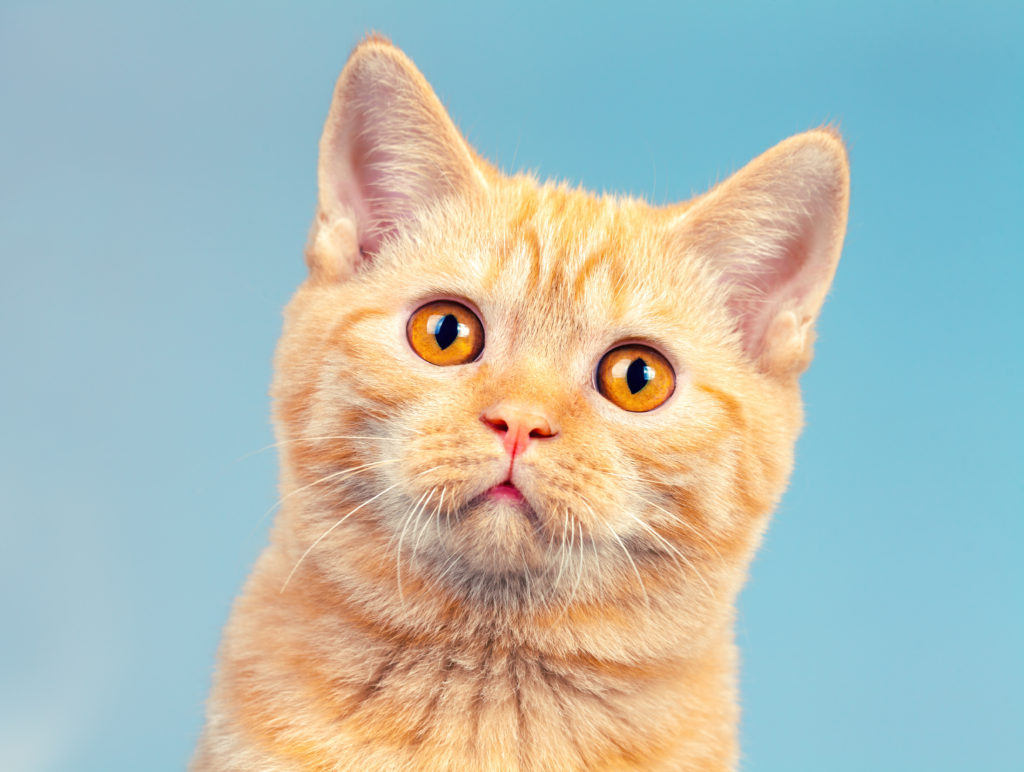
Help! My cat will only eat treats!
This is an increasing problem being posted on kitty forums and chat groups. And it’s something that we have experienced, and have ourselves being looking for answers and solutions. Possibly taking our eye off the ball and thinking that ‘just one more treat’ wouldn’t make a difference. Well it did! One of our cats, Misty, started refusing to eat anything but dry treats. This isn’t a problem that should be ignored. Cat treats are not intended to replace meals. As we’ve explored in this article, they are to be used sensibly and alongside a healthy balanced diet.
The first step is to ensure that your cat hasn’t stopped eating due to any dental or medical issues. Your veterinary will be able to ensure there are no other underlying health issues. Although some cat owners stop giving all treats instantly when this problem occurs, others prefer to reduce the amount of treats and wean off slowly. Many owners agree that cats can become addicted to these treats and crave them. If simply stopping or reducing the treats isn’t working, it is worth trying a new brand, texture or flavor cat food. Your cat, for various reasons, may not find the current food to her liking. Recipes change, palettes change and cats can simply be rather fussy at times! Please seek professional advice if you require guidance on changing your cat’s food or finding alternative ways to improve their appetite.
Other articles you may find of interest:
Why do cats play with their food?
How much time should I spend with my cat? Why do cats need attention?
How to keep your cat happy – 10 key factors
